In This Article:
- The Winchester Model 71 – A History and Analysis Revised
- An Ongoing Exploration of Winchester Model 71 Production History
- A Brand-New Centerfire Cartridge, Special Order Chamberings
- Winchester Model 71 Variations
- An Improvement to the Model 1886
- Model 71 Evolution – Main Production Changes
- Additional Production Changes of Note
- Model 71 Sight Variations
- Winchester Model 71 Serial Numbers
- Model 71 Manufacturing Dates
- Summary, and an Invitation to Participate
- More About the Winchester Arms Collectors Association
- Related Content
Here’s the next in our series of guest blog posts graciously provided by our friends at the Winchester Arms Collectors Association (WACA).
There are precious few publications dedicated to Winchester’s Model 71. Knowing that, we are beyond grateful to have WACA Historian Bert Hartman offer his Summer, 2021 Winchester Collector article as our most recent guest blog post. It is a well-researched, well surveyed, and ultimately thorough analysis of the venerable big game lever gun. What’s more, Mr. Hartman invites your participation in his ongoing Model 71 research survey (as well as his Winchester Model 94 Flat Band Carbine survey). His contact information is at the end of this article.
WACA is a not-for-profit, tax-exempt corporation with a worldwide membership of over 3,000. The members are devoted to the preservation, understanding and collecting of Winchester firearms and related products as well as the role these products had in forging America’s heritage. As WACA members ourselves, we’re proud to play our part in this mission.
Our goal with this guest blog series is to share WACA members’ outstanding knowledge and passion for Winchester firearms. We will share articles aimed at informing Winchester owners and enhancing their collecting experience, along with personal stories and memories related to Winchester firearms that we hope will resonate with you as much as they do with us.
And with that, here’s our next WACA guest post. We encourage your thoughts in the comments section below.
In the time interval between early 2013, when I wrote my original article on the Model 71 (The Winchester Collector Fall 2013) and today, I have discovered and learned a substantial number of new pieces of information about this model that I felt would be beneficial to pass along to all interested Winchester collectors. Additionally, the number of specimens now recorded in the research survey has grown quite substantially in the past eight years. Accordingly, I have edited the original article and present the revised edition to you as follows.
Winchester introduced the Model 71 in the year 1935 as shown in the above brochure gallery.
The Model 71 was designed as an improved (and stronger) variant of John M. Browning’s original Model 1886. It was listed in the 348 W.C.F. cartridge only, and ultimately, it was the only rifle ever manufactured for that cartridge/caliber. The Model 71 rifle and the 348 W.C.F. cartridge were created with the intent to replace several older lever-action rifles and cartridges that Winchester had previously produced, namely the Models 1886 and 1895, and the older 33 W.C.F., 45-70, 35 W.C.F., and the 405 W.C.F. cartridges.
An Ongoing Exploration of Winchester Model 71 Production History
Thus far, very little has ever been published about the superb and ultimate big game rifle, the Model 71. This revised/updated article is intended to illustrate and educate the public and collectors alike, and to better document the several variations that were offered and manufactured.
Much of what is being discussed and shown in this article has been carefully documented in a research survey presently being conducted by myself and collector Tom Tomlinson #7634 (and with the gracious help of a number of other WACA members and collectors out there). To my knowledge, this is the only research that documents the actual production variations, and the variances that occurred during the production run. Ultimately, this research survey should lead to establishing a detailed and documented history of the Model 71 production to include all of the variations and changes that were made within the production run. I believe that it will be of great value to all of the current and future collectors out who are seeking information about this particular Winchester model.
The research survey now comprises the statistical information recorded for more than 2,450 Model 71 rifles, and it accounts for more than 5 percent of the total production. The information contained in the survey has been graciously provided by many WACA members and private collectors, and by physically inspecting hundreds of specimens while attending countless gun shows and firearms auctions. The information presented throughout this article, and in the tables provided later in the article, is being presented directly from the data contained within the survey unless otherwise stated.
Of important note; the information provided in this article should be viewed purely as “observed statistical data.” The extrapolated production numbers in the tables that follow are not intended to be the “stated fact.” Instead, they are merely a mathematical projection of what has been observed and verified thus far. As more time passes, and new information is added to the survey document, I expect that some of the projected (extrapolated) numbers will undoubtedly change to some degree. I intend to continue this research survey until at least 10 percent of the total production (approximately 4,800 guns) has been recorded. At that point, I believe that a reasonably accurate picture of the entire production run should be clearly evident.
(Related: Winchester Model 71 restoration examples)
A Brand-New Centerfire Cartridge, Special Order Chamberings
As stated earlier, the Model 71 was introduced in the brand new 348 W.C.F. cartridge, with serial number 1 shown in the Polishing Room serialization records as being manufactured on October 18, 1935. Ultimately more than 99.5 percent of the total production was manufactured in the proprietary 348 W.C.F. caliber. That stated, there were a scant few of them there that were factory made on special order in the older 33 W.C.F. cartridge (which was listed as a special-order option in the 1938 Salesman Catalog), and the even more venerable 45-70 cartridge. Thus far, I have verified (4) rifles that were made in 33 W.C.F. cartridge, and (3) in 45-70 cartridge. Both of these cartridges were holdovers from the recently discontinued Model 1886. Please note the information contained in the fourth paragraph in the right-hand column above. In addition to the small number of special ordered 33 W.C.F. and 45-70 Model 71 rifles, there were two experimental rifles made in “308 W.C.F.” Fellow WACA member and author Dan Shuey #4841 researched and wrote an excellent article that appeared in the Winter 2018 issue of The Winchester Collector titled The Other Model 71 Caliber. In it, he discusses Winchester toying with the idea of manufacturing a lighter recoiling variant of the Model 71, and creating a new cartridge, the 308 W.C.F. (essentially a necked down 348 W.C.F. case). In my continued research of the Model 71, I located a second experimental rifle also chambered for the 308 caliber (s/n 36640). Serial number 16572 is the rifle pictured in the Winter 2018 article, and it is listed in the book Inventory of the Winchester Repeating Arms Company Firearms Reference Collection by Thomas C. Johnson, Frank F. Burton, Edwin Pugsley, Thomas E. Hall, ET AL. Lynham Sayce, 1991. This rifle was in the Winchester Museum collection, item #1426. Serial number 36640 is the second .308 caliber rifle, and it is also listed in the same reference book, collection item #2626. I believe that both rifles are currently in the basement vaults at the Buffalo Bill Center of the West.
Other Special Order Features
In regards to “special order” features for the Model 71, very few were ever offered, but as was Winchester’s long-standing practice, if a customer wanted something extra or special, it was made to happen (at an undisclosed extra cost). One such special rifle is serial number 7868, the only known Model 71 with a factory roll matted barrel. Note the offset Winchester Proof mark stamp on the barrel (below).
Photo courtesy of the Joel Goodrich collection
Type 1: The Standard “Sporting” Rifle, featuring a 24-inch barrel, plain non-checkered walnut stocks, no sling swivels and a squared off uncapped pistol grip. Catalog No. G7112C (G7111C w/No. 98A sight).
Type 2: The Special Rifle, featuring a 24-inch barrel, semi-deluxe checkered stocks, quick-disconnect sling swivels and sling, and a capped pistol grip stock. Catalog No. G7101C (G7102C w/No. 22K sight).
Type 3: The Standard Rifle “Carbine,” featuring a 20-inch barrel, plain non-checkered walnut stocks, no sling swivels, and a squared off uncapped pistol grip.
Type 4: The Special Rifle “Carbine,” featuring a 20-inch barrel, semi-deluxe checkered walnut stocks, quick-disconnect sling swivels and sling, and a capped pistol grip.
An Improvement to the Model 1886
The primary difference between the older Model 1886 and the new Model 71 was in the design of the hammer spring. The Model 1886 used the old-style flat spring to drive the hammer, whereas the Model 71 used a coil spring. Also of note, the receiver frame was milled from the newly developed “Proof Steel,” which is a much stronger alloy than the older Nickel Steel alloy that was used for the Model 1886.
(Related: Winchester Model 1886 restoration examples)
Model 71 Evolution – Main Production Changes
Top Tang Length
Within the four primary variations, there were the early “long tang” and the later “short tang” sub-variations. The reference to “long” or “short” tang refers to the length of the upper tang, with the long tang being dimensionally the same as the original Model 1886. The different tang lengths necessitated different comb lengths on the butt stock. The long tang variation preceded the short tang variation, with the change from the long to the short tang occurring in the June/July 1939 time frame (in the 16646–16790 serial number range). There have been a very small number of later serial numbers found with long tangs (with serial number 19967 being the highest recorded).
Barrel Address Style
The next notable change that occurred was the style of the barrel address. Throughout the production run, Winchester used three different barrel address types, and they are illustrated in the following pictures. Note that the primary difference between the Type-2 and Type-3 barrel marking is the caliber designation, which was changed from “W.C.F.” to “WIN.”.
Type-1 Barrel address – Serial number range 1–25168
Type-2 Barrel address – Serial number range 25184–43737
Type-3 Barrel address – Serial number range 43032+
Additional Production Changes of Note
Additionally, there were five notable production changes that took place at various times that are worthy of mention.
Muzzle Faces
Change 1: Uncrowned in the white muzzle faces (early production), versus crowned and blued barrel muzzle faces. This change took place in the 18995–27527 serial number range (October 1941–October 1948). The reason this change took so many years to complete was the very limited production that took place during the WWII years, and a large supply of barrels in stock prior to WWII.
Uncrowned, in the white muzzle face
Crowned and blued muzzle face
Receiver Frame Drilling and Tapping
Change 2: Receiver frames that were factory drilled and tapped for peep sights. This change took place beginning in early 1947 and was completed by early 1948, in the 24300–26000 serial number range. Receiver frames were available with the drilled and tapped peep sight holes on special order from the beginning of production, but they must be carefully examined to determine if the holes are original factory work.
Non-drilled and tapped receiver frame
Drilled and tapped receiver frame
Hammer Style
Change 3: Checkered (knurled) hammers versus serrated hammers. This change took place in 1948, very shortly after the previous change. The noted serial number range is 25600–26600.
Checkered (knurled) hammer
Serrated hammer
Pistol Grip Cap Style
Change 4: The pistol grip cap on the Special Rifle was changed from the hard black rubber with the Winchester logo to a blued steel cap late in production, somewhere near serial number 42650 (1953). Interestingly, both the hard rubber and the steel grip caps were randomly used until the end of production. This is another case of Winchester not wasting any usable parts.
Branded hard rubber pistol grip cap
Blued steel pistol grip cap
Stock Checkering
Change 5: For the Special variations, the stock checkering was more finely cut (denser LPI) on the pre-WWII rifles than it was on the post-WWII production rifle stocks. The rifle shown in the upper half of the image is s/n 7868, with the lower half showing s/n 32720. Note the visible difference in the density of the checkering.
Photo courtesy of the Joel Goodrich collection
Winchester used just one type of butt plate throughout the entire production run, and it was the same style checkered steel plate that was also used for the Model 64, 65 and Model 70 rifles. Several varieties of recoil pads were available on special order (Winchester, Silvers, No-Shoc, etc.).
Model 71 Sight Variations
The next topic deals with the various types of sights that were used, and it centers on the rear sight configurations. The front sight Winchester chose for the Model 71 was the Lyman 31W Gold Bead (regardless of which type of rear sight was installed). On the early production rifles, the No. 98A Bolt-peep sight was the most common rear sight installed, though the No. 22-K open barrel mounted rear sights were quite common as well. When the entire production run is looked at, the No. 22-K barrel mounted rear sight was the most common (37.48 percent), closely followed by the No. 98A Bolt peep sight (34.87 percent).
The following images illustrate the four most common rear sights: (1) the No. 22-K barrel sight; (2) the No. 98A bolt-peep sight; (3) the Lyman No. 56W receiver sight (12 percent); and (4) the Lyman No. 66A receiver sight (7 percent).
Winchester No.22-K rear barrel sight
Winchester No.98A bolt peep sight
Lyman No.56W receiver sight
Lyman No.66A receiver sight
As previously mentioned, the Model 71 could have been special ordered with a drilled and tapped receiver for mounting a peep sight from the beginning of production, with the Lyman No. 56W being the predominantly observed sight. Winchester listed the Lyman No. 56W sight as a standard item in the January 1948 catalog, and discontinued the No. 98A bolt peep sight at that time. In the January 1956 catalog, the Lyman No. 66A replaced the No. 56W.
There are other receiver mounted peep sights that were used, namely the Redfield No.70. Thus far I have surveyed (92) Model 71 rifles with a Redfield No.70 micrometer receiver mounted peep sight. Most of them are on rifles made before Winchester selected the Lyman No.56W as the standard sight. I suspect that Winchester installed the Redfield No.70 receiver sight (application code F) as a special-order option when requested.
Winchester Model 71 Serial Numbers
Of particular interest was the serialization process used on the Model 71. Based on physical observation of many hundreds of receivers, it appears that Winchester departed from their past manufacturing process in that they did not apply the serial numbers until after the receiver frames had been final polished and blued. In my continuing research of several other Winchester Models, Winchester’s practice had been to stamp the serial numbers before the final polishing and finishing (bluing) process. When observing the serial number markings on the Model 71, it is readily apparent that the last production step for the receiver frame was the application of the serial number.
Note how the periphery of the serial number digits are raised and gray in the images below. This could only occur if the serial number was stamped on the receiver after it had been polished and blued.
The fact that the serial numbers were stamped on the receiver frame after the final polishing and bluing process makes it very easy to identify a refinished (reblued) Model 71!
Model 71 Manufacturing Dates
The final topic of discussion in this article deals with the “conflicting” difference in the published dates of manufacture for the Model 71. Author George Madis listed production dates based on his stated research of Winchester records. Winchester’s original Polishing Room Serialization Record Books (PRSRB) seldom ever agree with Madis’ dates, though as you will see in the following table, there was not a large difference in most years. As can be seen, Winchester’s actual production rate was higher for all years that can be verified.
Comparison of the Polishing Room Serialization Record Books vs. Madis
The serial numbers listed in the PRSRB column are the actual year ending production numbers as verified in the records at the Cody Firearms Museum. The figure in green in the Difference column is the numerical difference between the PRSRB and Madis, and also represents the greater number of guns made per year than what George Madis originally published.
The Cody Firearms Museum Records Office has the original Winchester Polishing Room Serialization Records through December of 1945 (serial numbers 1–23010). The records for the remaining production years are in the possession of Pauline Muerrle, #858L.
The following tables show the total number of each variation that has been verified and recorded in the research survey thus far, and also the extrapolated production number for each variation. The calculations were based on a total production of 47,254 (the highest reported serial number in the PRSRB). Of note, serial number 48262 was discovered listed in an old James D. Julia auction catalog. There was no picture of the serial number in the auction listing to confirm its existence, therefore I cannot definitively say whether it exists or not. That stated, I suspect that the “8” in the serial number is actually a “3”, making it 43262.
Summary, and an Invitation to Participate
In summary, the Winchester Model 71 was the last true big bore lever-action rifle based on a John M. Browning design. When it was discontinued in late 1958, the shooting public was left with just one choice for a high-power lever-action rifle… the entirely new and modern Model 88.
For those who are interested in my continuing research, and would like to participate in the research survey, please send me an email or call me at (360) 881-0272 (evenings, Pacific Standard Time).
Happy hunting and collecting to all,
Bert Hartman
WACA Historian
Reproduced with kind permission from the Winchester Arms Collectors Association (WACA). All images courtesy of WACA and respective collectors as noted.
More About the Winchester Arms Collectors Association
This article was previously published in the Summer 2021 issue of The Winchester Collector. To greatly enhance your collecting experience, join the Winchester Arms Collectors Association (WACA). It’s only $50 per year, and you’ll receive our quarterly magazine with great articles on historic Winchesters and Henry rifles, along with many other member benefits such as 15 additional record searches for Cody Firearms Museum members. It’s easy to join online with a credit card by clicking here.
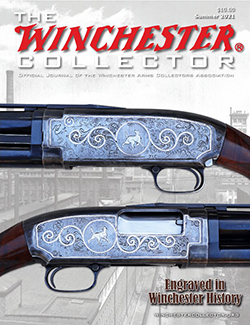
Related Content
See a restored and upgraded Winchester Model 1871
View additional guest posts by Winchester Arms Collectors Association
View additional guest posts by Bert Hartman, WACA Historian

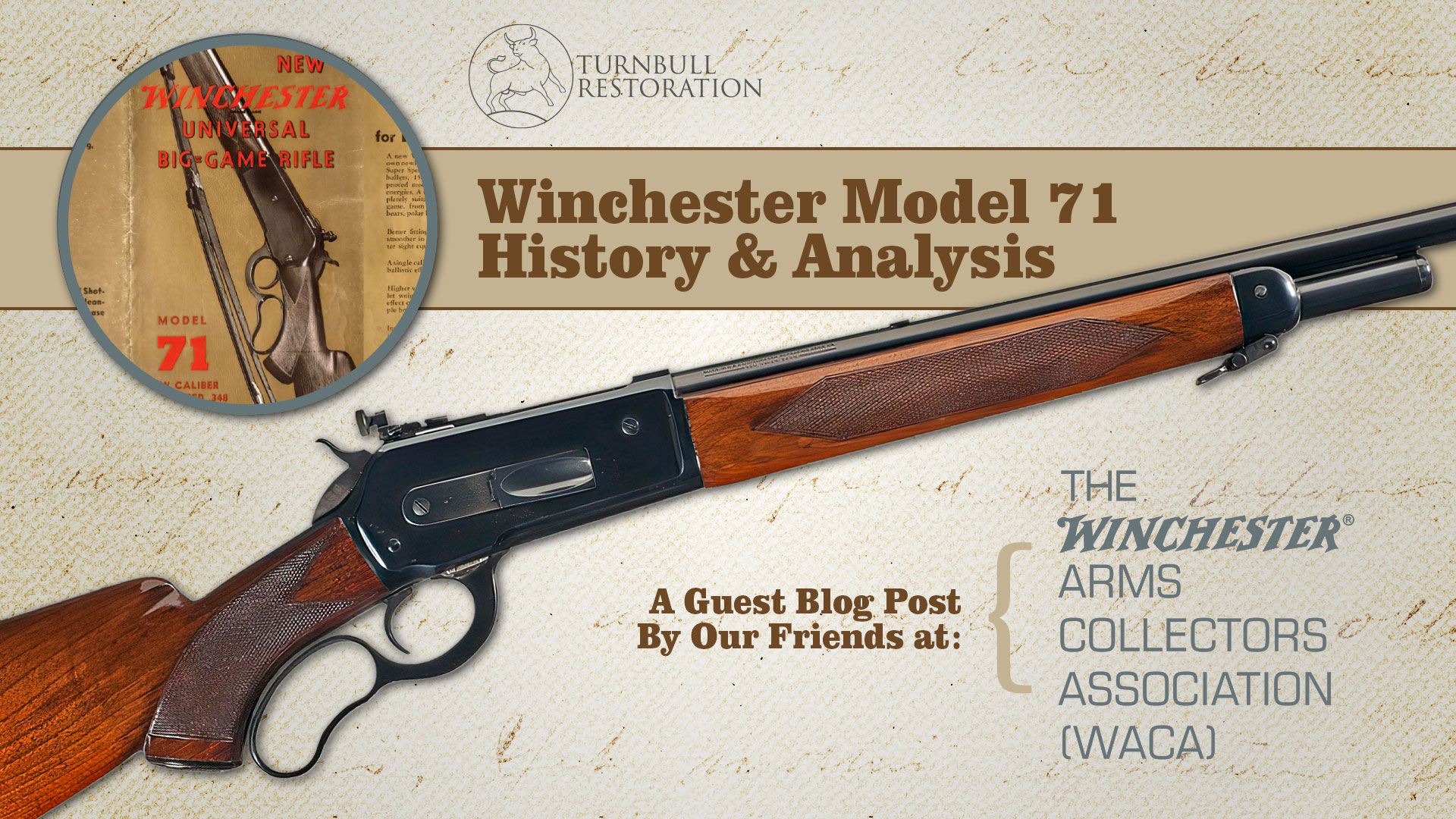
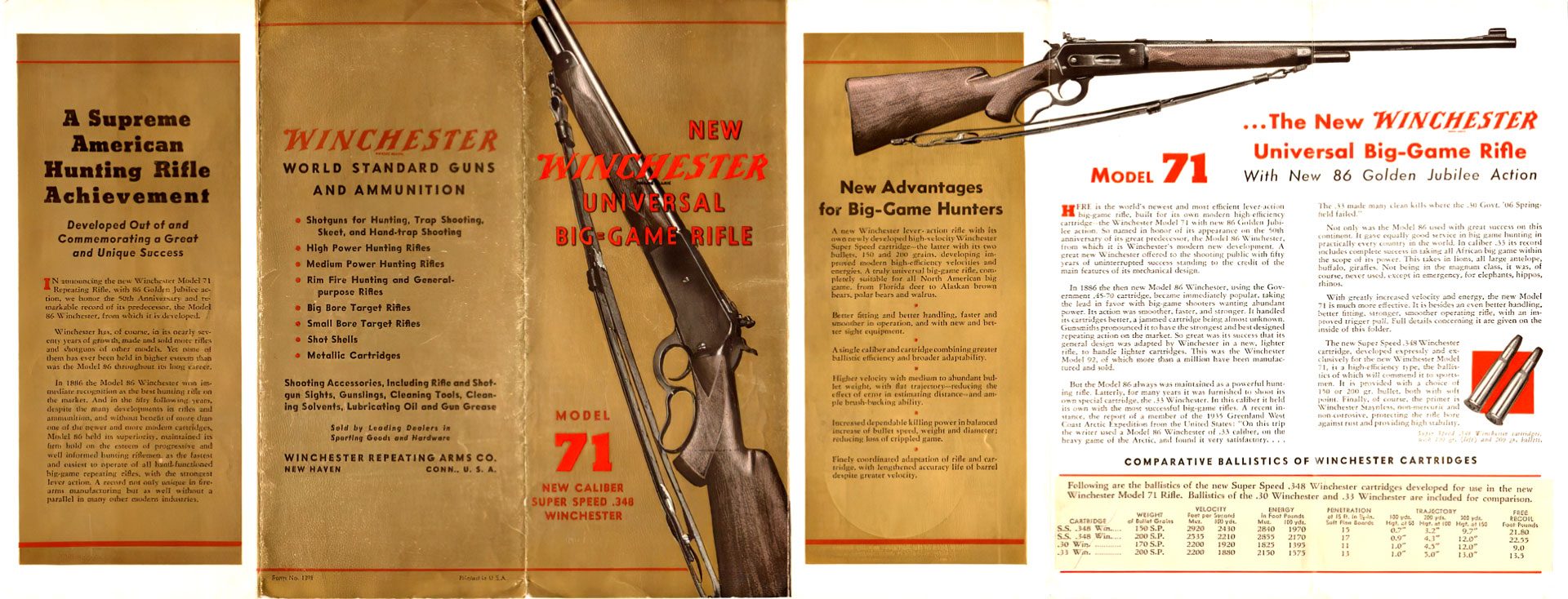
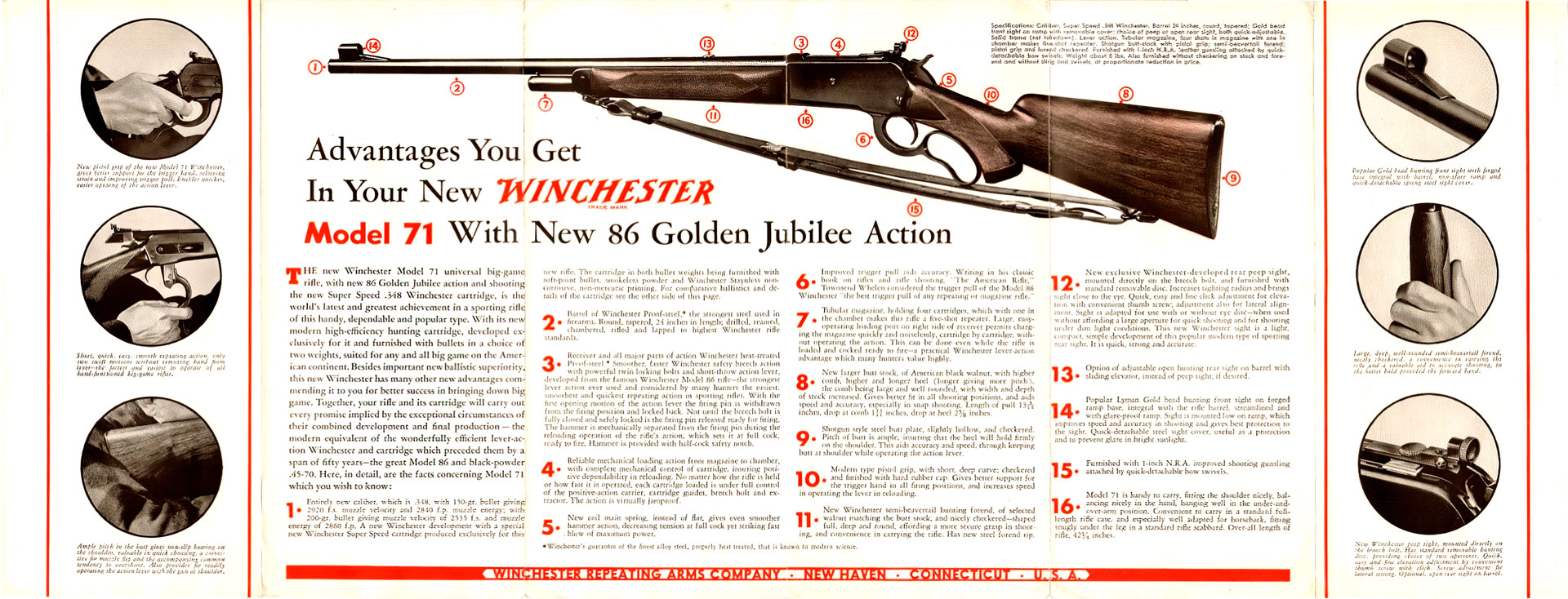
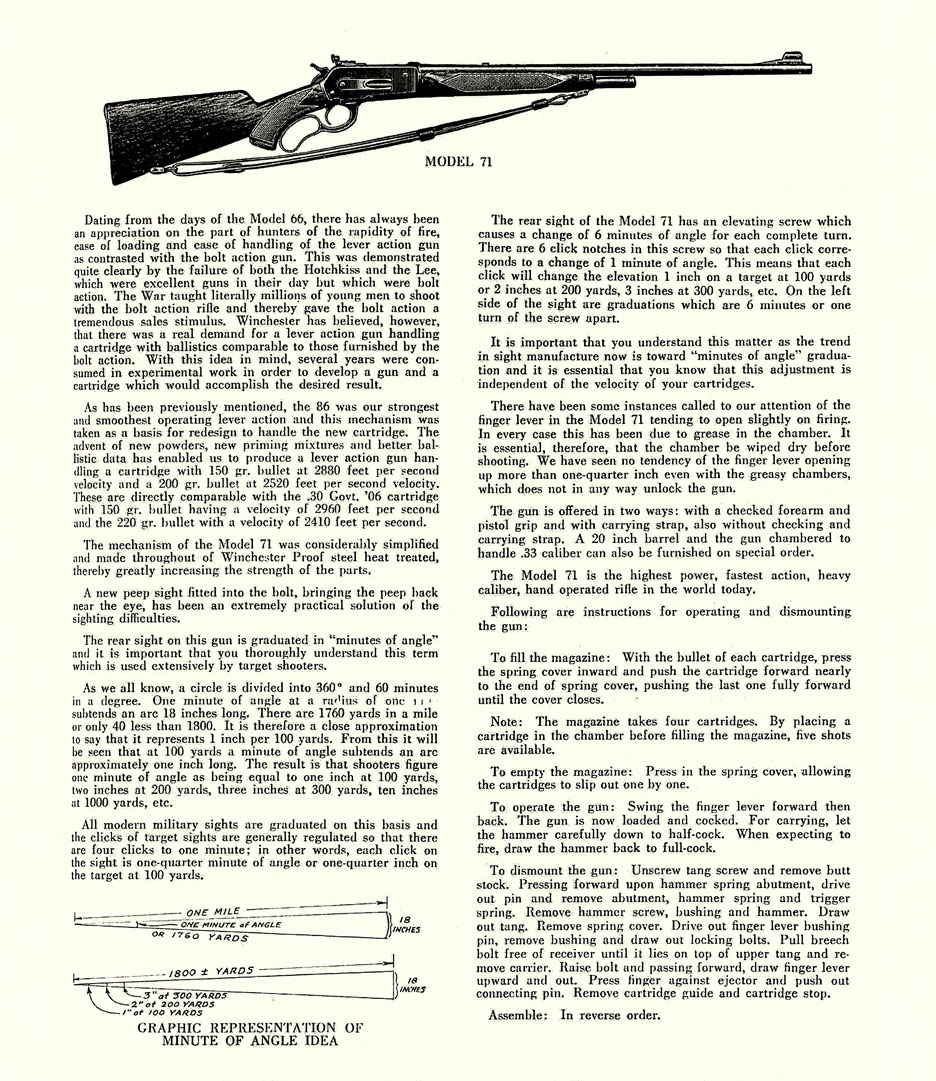





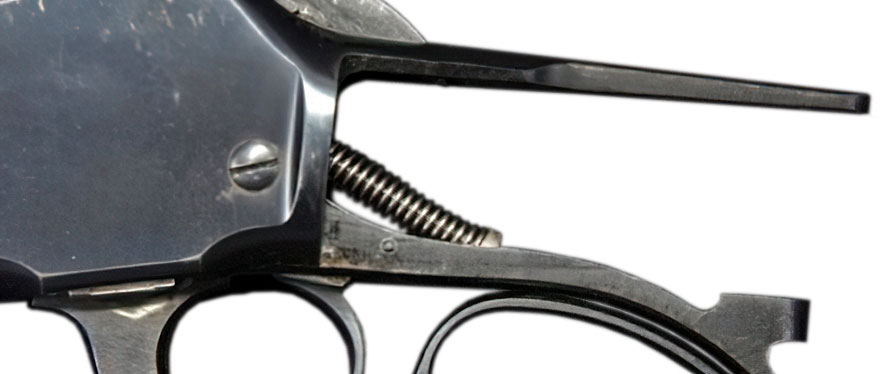




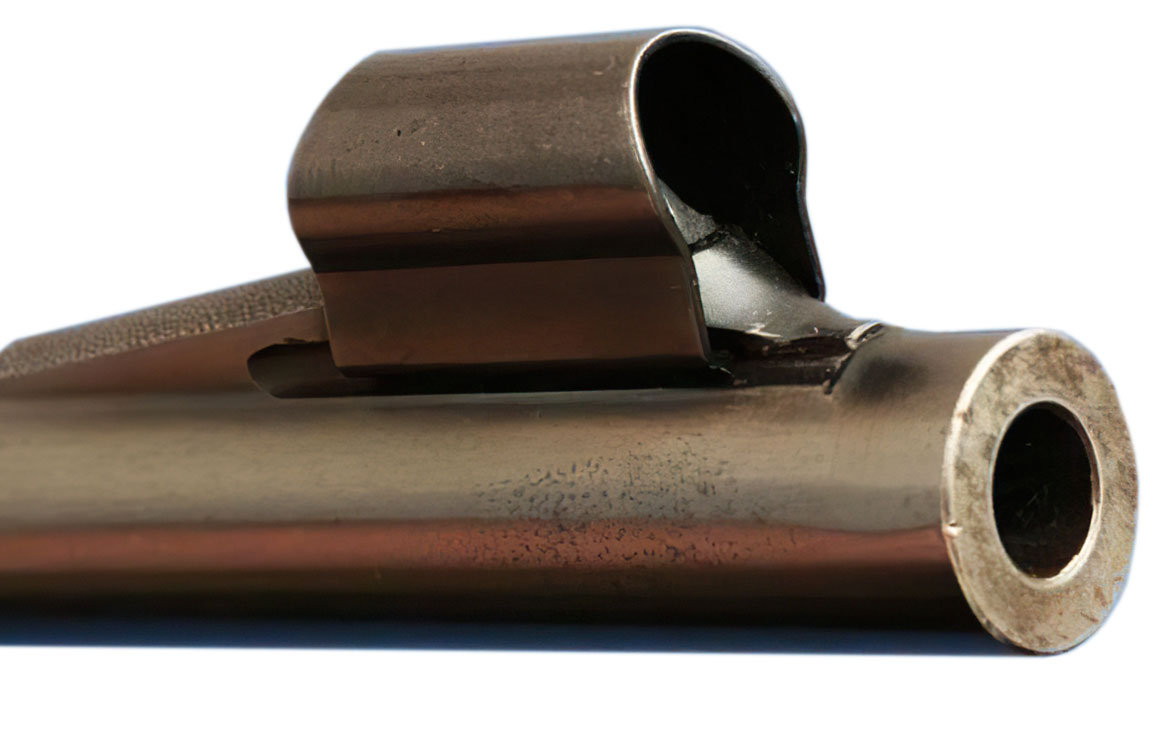
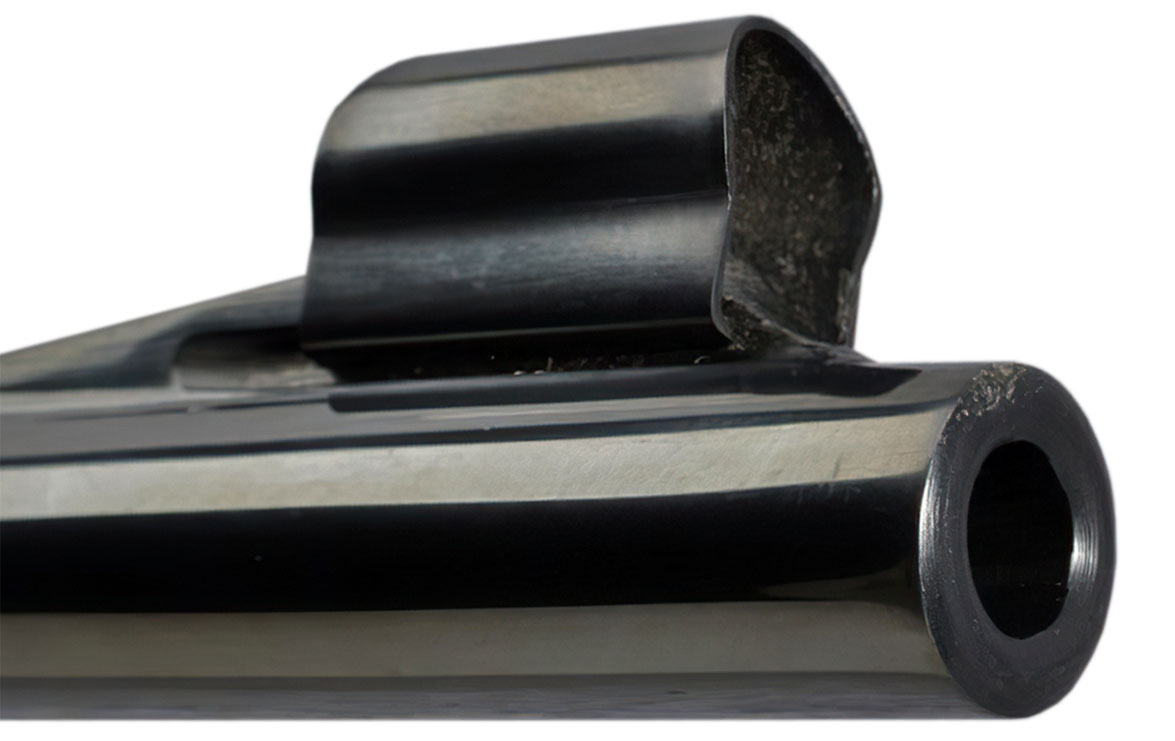
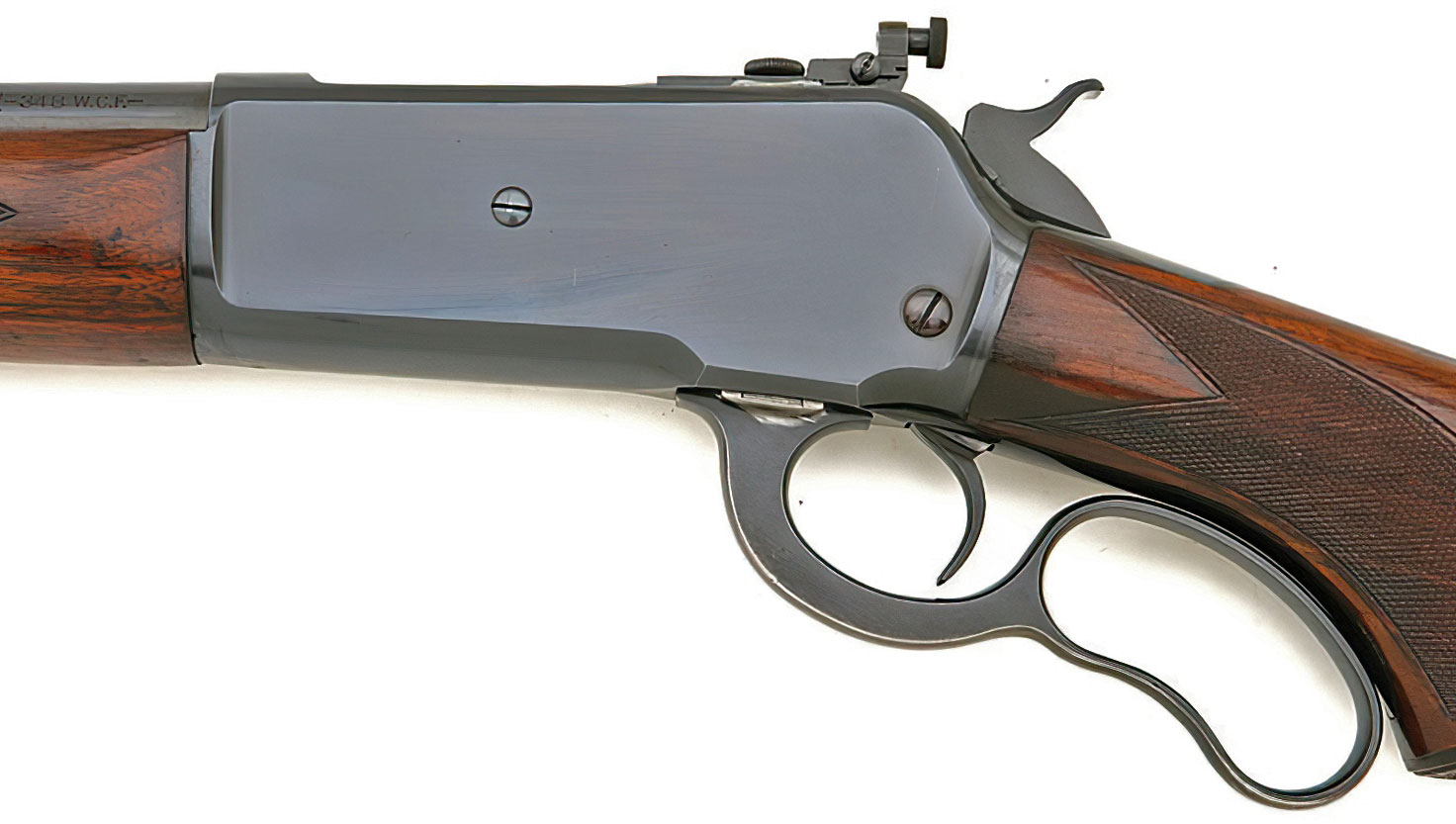
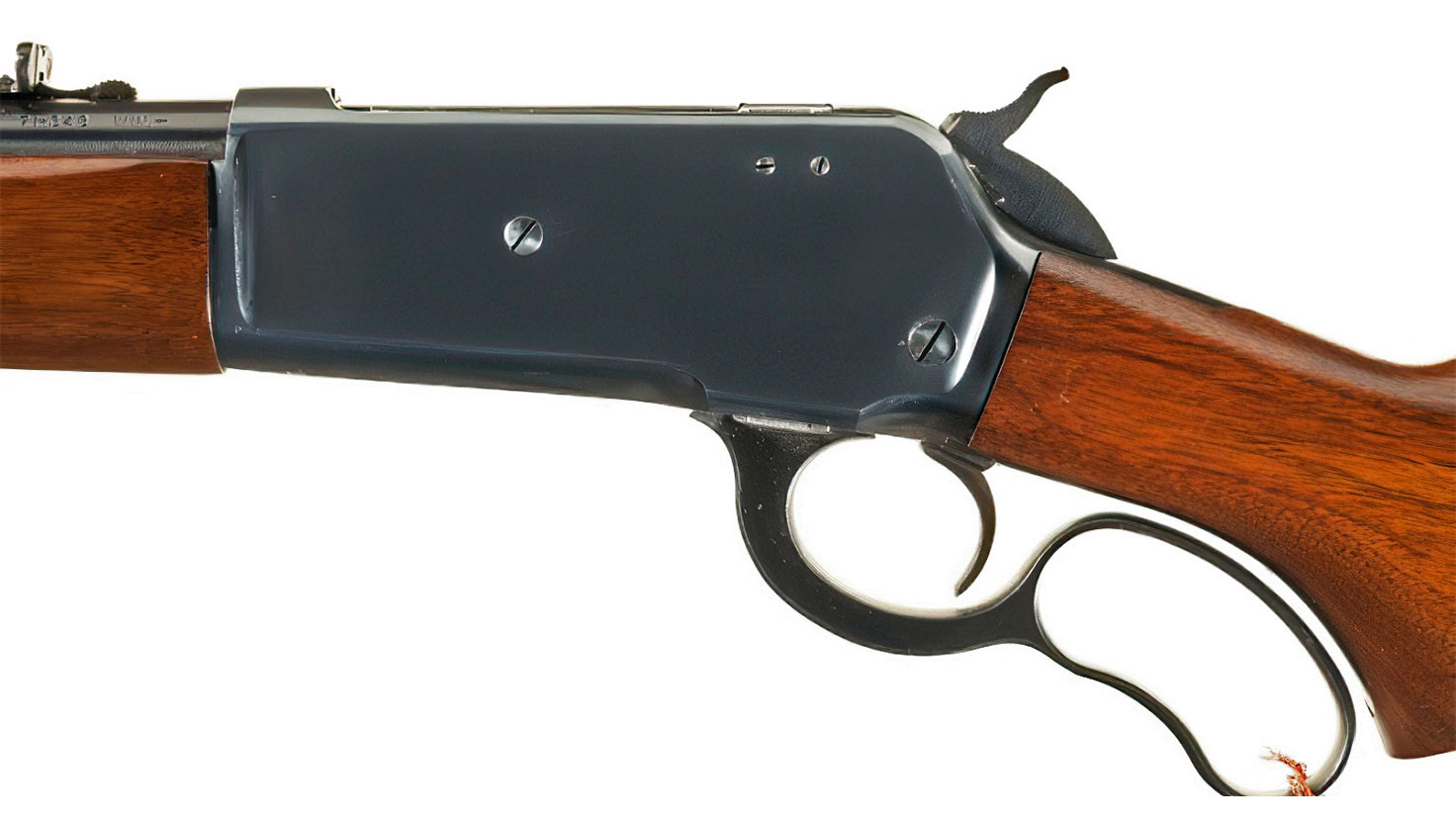
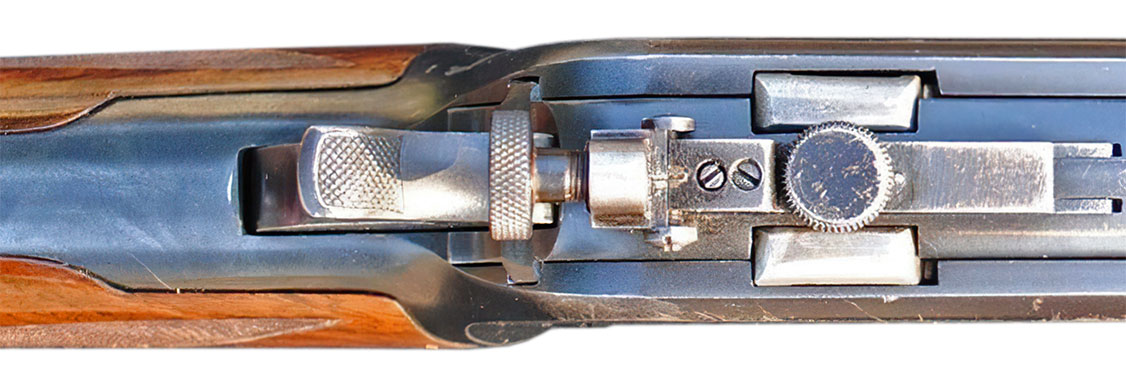

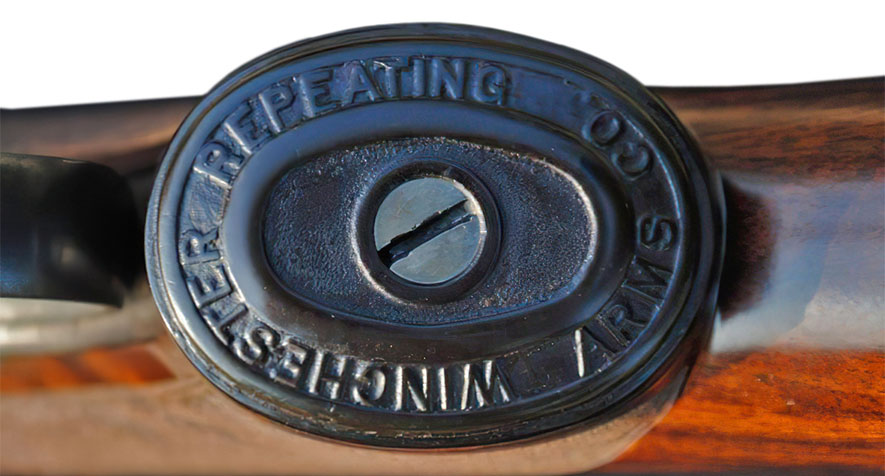
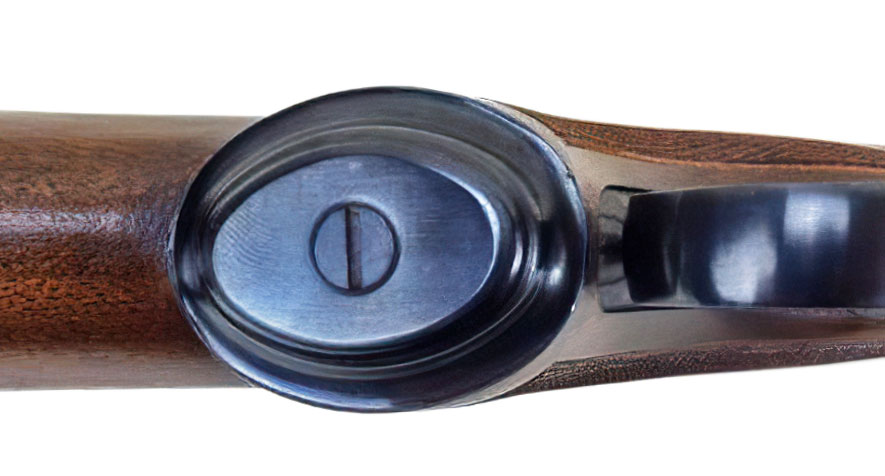
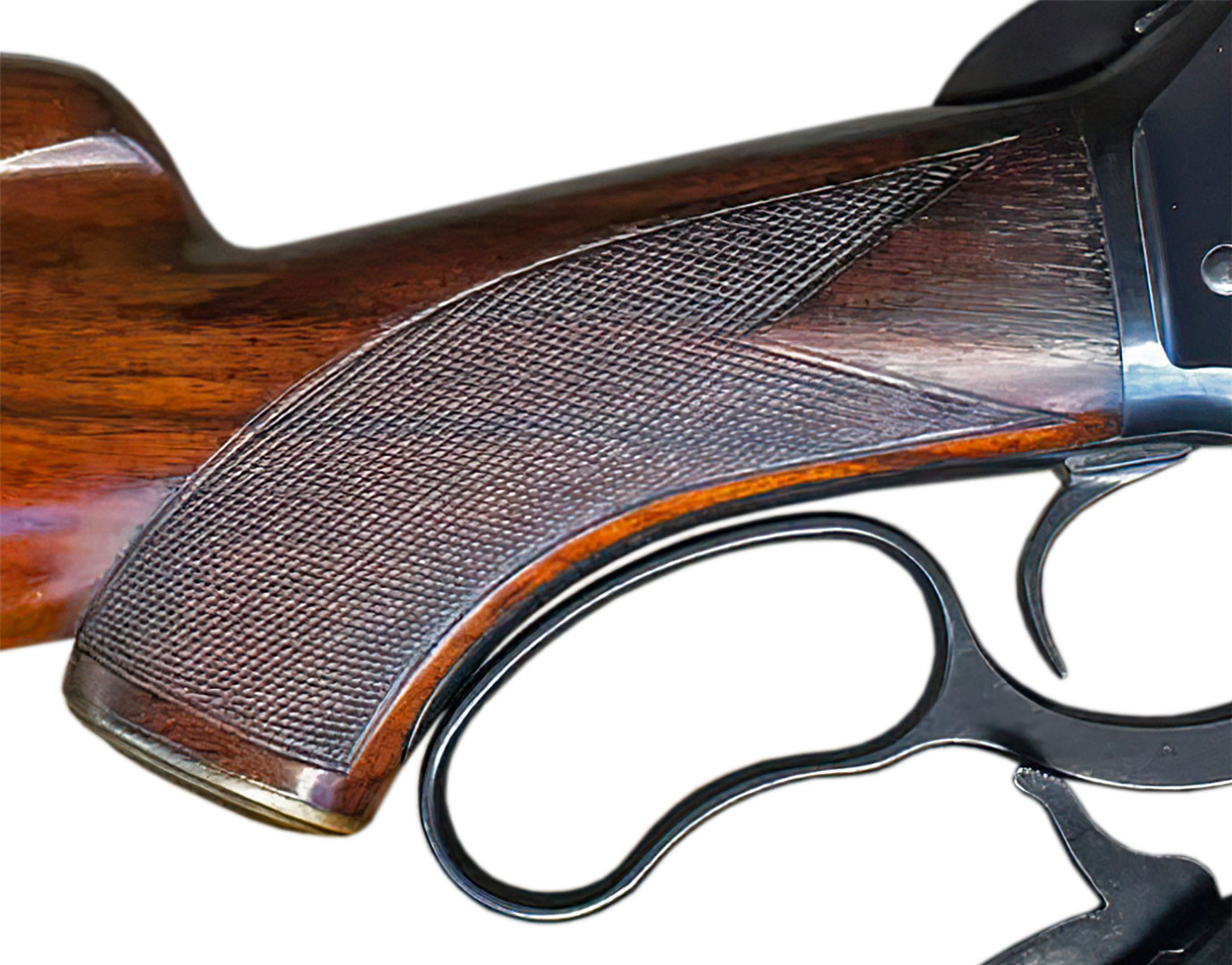
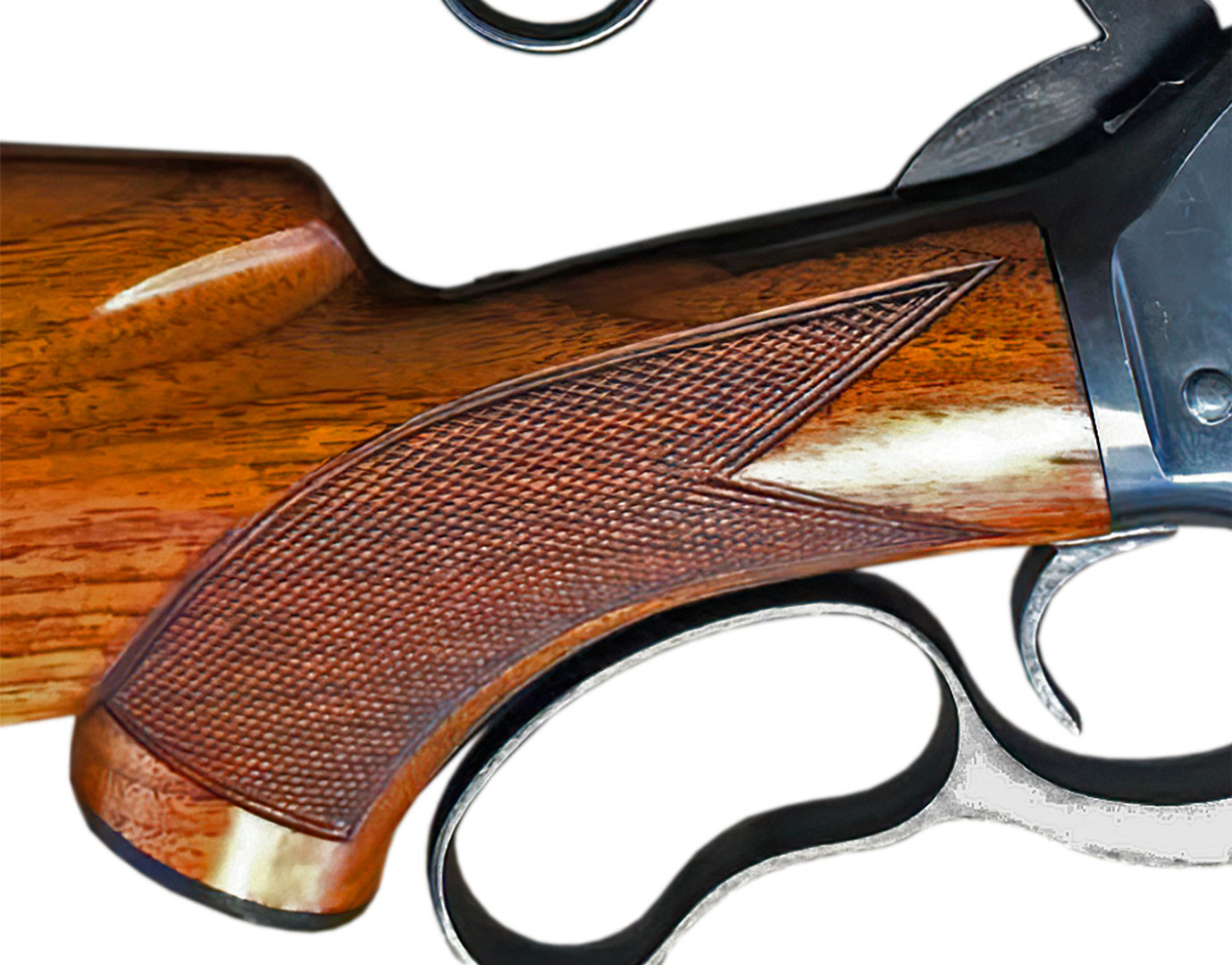


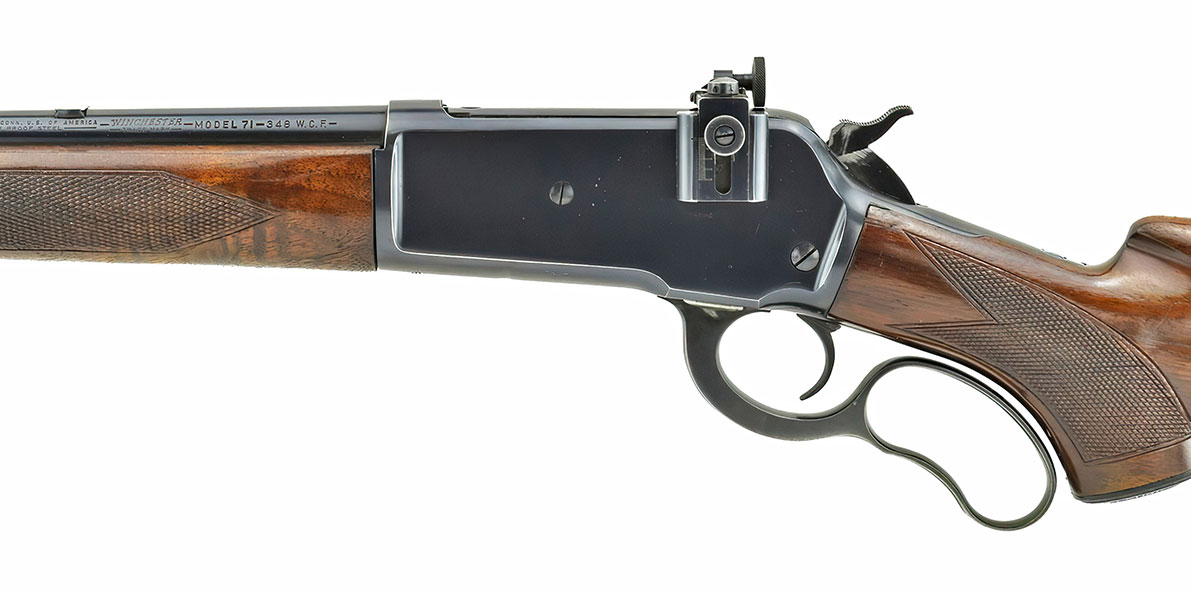
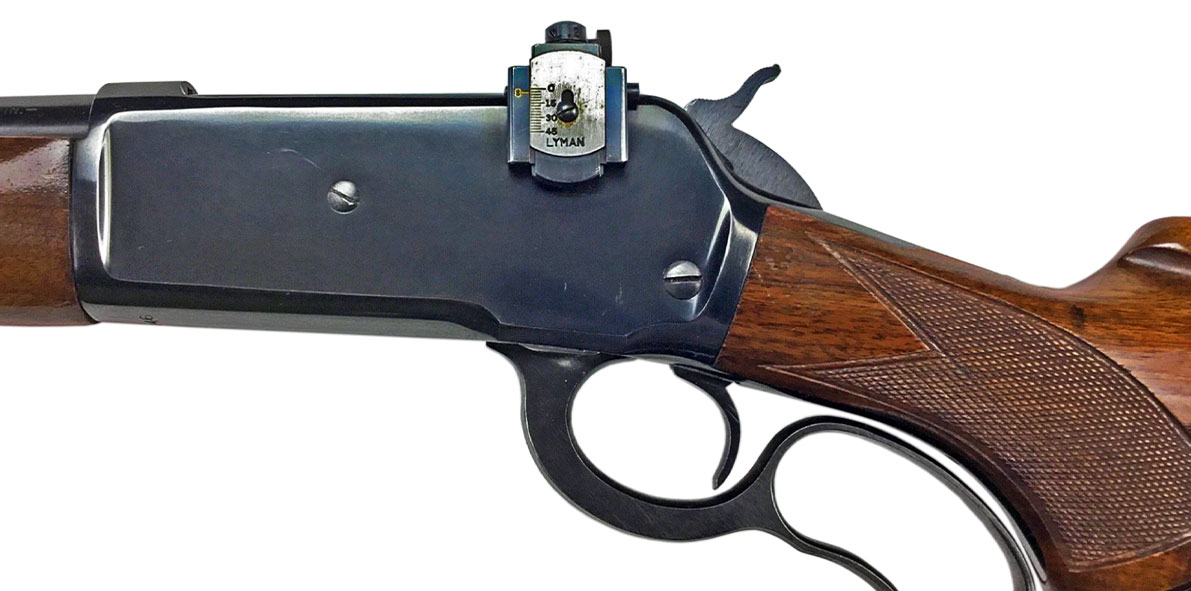


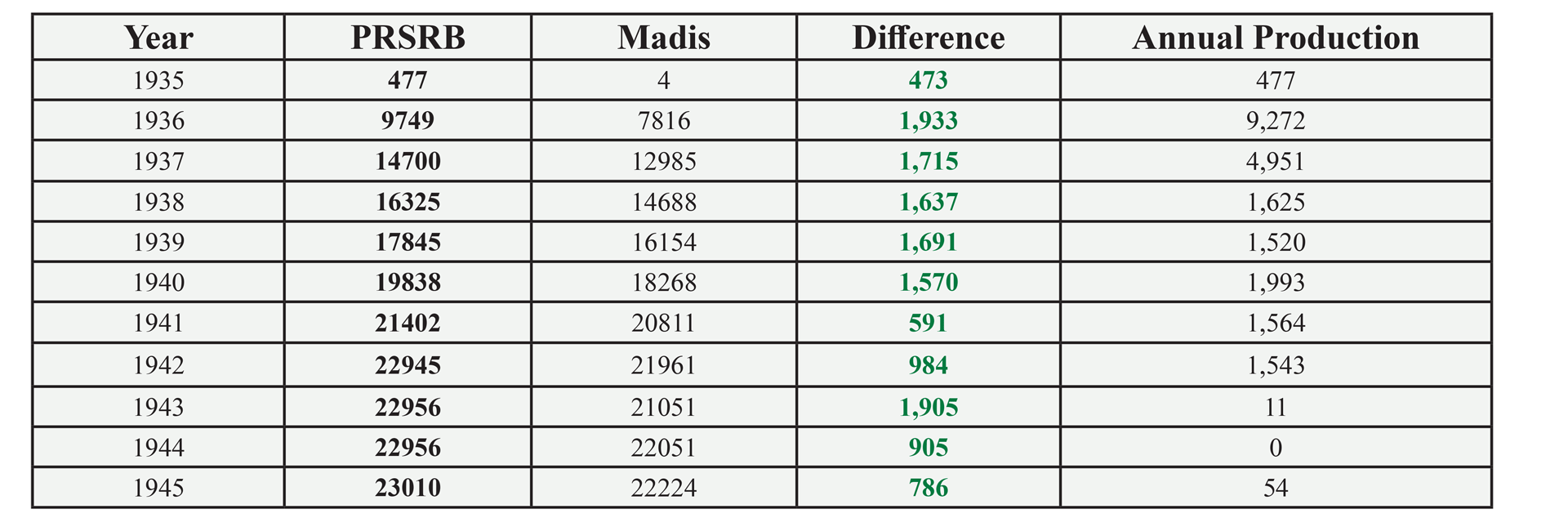

I have in my possession a Model 71 that was passed to me from a very dear old departed friend. The serial number is 38,348. He told me some stories of how he acquired it, his time in Africa (Libera) and Alaska with it. He carried it on every hunting trip we went here in Alaska but I never saw him fire it, not once. I always thought it was a carbine (it has a 20” barrel) but have come to the conclusion it was shortened and a Redfield front sight installed. The rear peep sight is a Williams. I obviously wish I’d have asked him some detailed questions about it when I had the opportunity but……. He always asserted it was a tool and used it as such. I’ve loaded and shot it one time in the last twenty five years at the range. Not sure I’ll get the chance to hunt with it (old age and it’s affects) but have always wondered what it truly is, or was when it left the factory. Anyway, he was not one to modify a firearm so that’s why I have to wonder about the changes to this one. Sorry to ramble on, your excellent article has again raised my interest this firearm. Thank you.
Hello Gregory,
Can you send digital pictures of your Model 71 to me? If you can do that, it is very likely that I can determine what the original configuration of the rifle was as manufactured by Winchester.
My email address is – Win1885@msn.com
Bert – WACA Historian